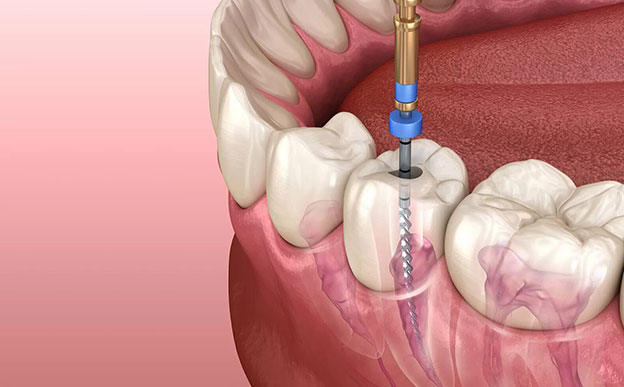
The fragile pulp at the centre of the tooth is removed during a root canal, a dental operation. The pulp, which supports tooth growth, is made up of blood vessels, connective tissue, and nerves. The majority of the time, a root canal will be carried out while you are sedated by a regular dentist or endodontist. Find out more about this routine treatment and its possible hazards.
When the pulp, the soft interior of a tooth, is hurt, inflamed, or infected, a root canal is carried out.
The crown of the tooth — the part you can see above your gums — can remain intact even if the pulp is dead. Removing injured or infected pulp is the best way to preserve the structure of the tooth.
Common causes of damage to the pulp include:
The most typical signs of pulp injury include tooth discomfort, swelling, and a warm feeling in the gums. To confirm the diagnosis, your dentist will examine the sore tooth and take X-rays. If your dentist determines that you require a root canal, they may recommend an endodontist.